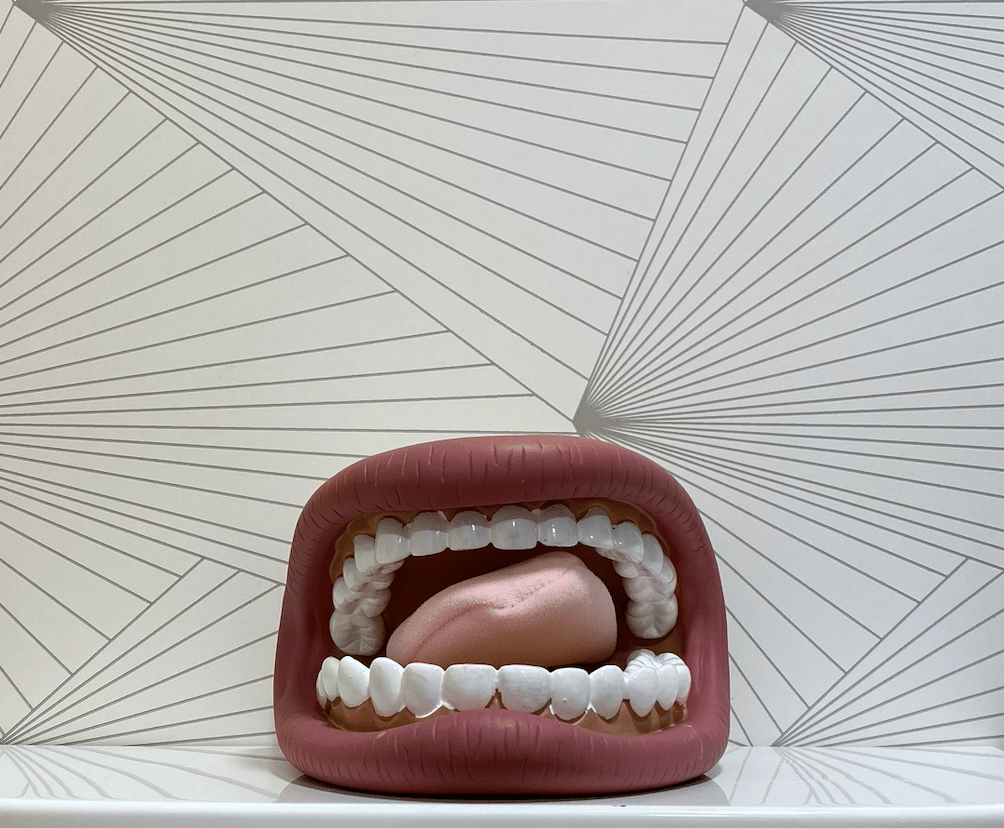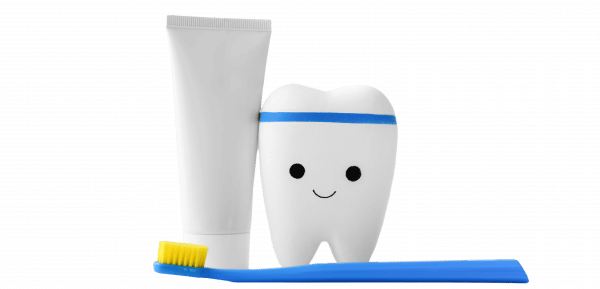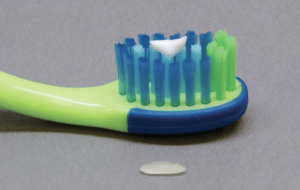The office is closed between July 26 and August 23 included. Until we see you again in the fall, we wish you a wonderful sunny vacation!
The office is closed for the end of year vacations between December 18th and January 6th included.

Fluoride protects tooth enamel from acidic attacks that are at the origin of cavities.
While fluoride toothpaste is recommended everyday when brushing, but pediatric dentists can also apply fluoride varnish to protect teeth from cavities.

Fluoride is readily found in nature. For example, fluoride is found in water, plants, and animals (teeth, bones). Water is therefore a source of regular fluoride intake, where it thereby incorporates itself into tooth enamel.
Within tooth enamel, fluoride ions combine with calcium ions in to form a layer of calcium fluoride that covers the tooth surface. This layer then protects tooth enamel and resists attacks from acids, which are at the origin of cavities. Or in brief: fluoride works to prevent cavities.
During regular checkups, Dr. Agachi can apply fluoride varnish as a preventative measure. Depending on your child’s needs, she can also prescribe fluoride pastes to apply topically at home, as well as special toothpaste.
Fluoride varnish contains fluoride ions that bond firmly to the crystals of enamel on the surface of the teeth, making them more solid and thus more resistant to exterior aggressors, such as cavities.
– When children begin brushing for themselves, fluoridation is a good means of protecting their teeth until they've perfected their techniques.
– If your child has already had cavities, there is an elevated risk of having more, and fluoride varnish allows teeth to be more resistant.
– With certain enamel conditions (such as MIH), frequent fluoridation (every 3-6 months) allows teeth to be better protected and reinforced.
– If cavities have started to appear, fluoride varnish, along with effective brushing, can stop the cavity’s development and begin remineralization (with applications 3-6 times every 4 months). In this case, fluoridation serves as a non-invasive alternative to treatment.
Fluoride varnish is recommended for all ages: baby teeth and permanent teeth.
Regular fluoridation (every 6 months) significantly diminishes the risk of cavity development, at all ages.

Topical fluoride applications at the dentist's office do not replace the fluoride toothpaste that your child should use everyday. You should continue to brush everyday with fluoride toothpaste!
Choose a fluoride toothpaste that contains a fluoride concentration specific to your child’s age group, and that is clearly labeled on the product. Fluoride toothpastes can be found in the pharmacy or supermarket, and come in all sorts of colors and flavors!
6 months - 3 years:
 > Use a tooth paste with a fluoride concentration less than 500 ppm, and apply a quantity about equal to the size of a grain of rice when brushing.
> Use a tooth paste with a fluoride concentration less than 500 ppm, and apply a quantity about equal to the size of a grain of rice when brushing.
3-6 years:

> Your child's toothpaste should have a fluoride concentration of 500 ppm, and apply a quantity about equal to the size of your child's pinky nail (or a pea!) when brushing.
Before 6 years of age, toothpastes are formulated to be swallowed, therefore pay attention to the concentrations to avoid an overdosage.
6 years and older:
> Once children habitually spit out their toothpaste, the ideal fluoride concentration is between 1000-1500 ppm.
First and foremost, fluoride is and remains a principal tool in the fight for cavity prevention. However, its administration can be nuanced. For example, the latest studies show that fluoride effects are more pronounced when applied locally. This is why we recommend direct fluoride treatments, such as children’s fluoride toothpaste as well as topical fluoride treatments every six months at checkups.
Similarly, there are also fluoride trays and pastes that are useful in cases where tooth enamel is particularly fragile.
The recommended fluoride intake is 0.05 mg/kg per day, which can be naturally met with fluoridated foods such as table salt, bottled water (and certain carbonated waters in particular), as well as children’s toothpaste.
Oral fluoride supplements (lozenges) are now prohibited. Moreover, according to the latest AFSSAPS recommendations (2008), fluoride supplements should not be given before the age of 6 months.
6 months - 3 years:

> Use a tooth paste with a fluoride concentration less than 500 ppm, and apply a quantity about equal to the size of a grain of rice when brushing.
3-6 years:

> Your child's toothpaste should have a fluoride concentration of 500 ppm, and apply a quantity about equal to the size of your child's pinky nail (or a pea!) when brushing.
Before 6 years of age, toothpastes are formulated to be swallowed, therefore pay attention to the concentrations to avoid an overdosage.
6 years and older:
> Once children habitually spit out their toothpaste, the ideal fluoride concentration is between 1000-1500 ppm.
First and foremost, fluoride is and remains a principal tool in the fight for cavity prevention. However, its administration can be nuanced. For example, the latest studies show that fluoride effects are more pronounced when applied locally. This is why we recommend direct fluoride treatments, such as children’s fluoride toothpaste as well as topical fluoride treatments every six months at checkups.
Similarly, there are also fluoride trays and pastes that are useful in cases where tooth enamel is particularly fragile.
The recommended fluoride intake is 0.05 mg/kg per day, which can be naturally met with fluoridated foods such as table salt, bottled water (and certain carbonated waters in particular), as well as children’s toothpaste.
Oral fluoride supplements (lozenges) are now prohibited. Moreover, according to the latest AFSSAPS recommendations (2008), fluoride supplements should not be given before the age of 6 months.
About Us
Consultations are by appointment only. In the case of an emergency, please contact the dental office.
Information & Recommendations
Pedodontist: Doctor Adriana Agachi Adeli: 75 4 715431 | RPPS: 10100340396